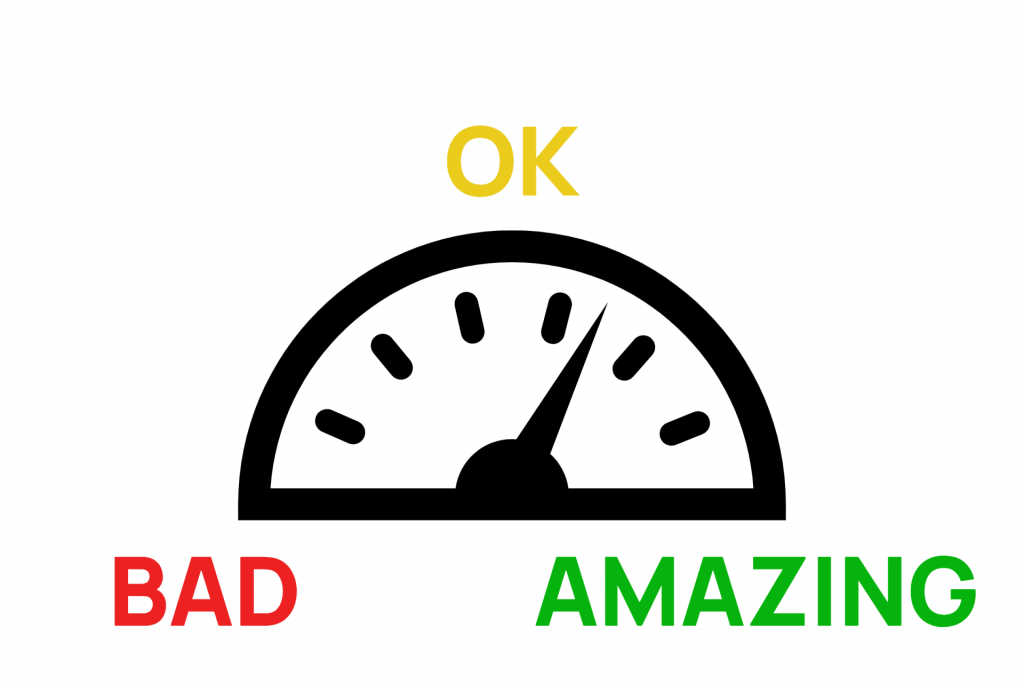I feel that there is a lot of hope that surrounds continuous improvement. We talk about continuous improvement and then hope that it magically comes together.
I’m sure that you aren’t in this position, but if you find that the well of ideas for your improvement projects is drying up then I recommend that you look into providing focus for your team.
Getting lost on the journey
Many businesses start their continuous improvement journey looking at problems. We all have issues in our businesses that are problematic. These irritations are a good, logical, place to start your continuous improvement journey.
Small problems give the team a chance to cut their teeth and prove their abilities to make positive change happen. Problems are a good place to begin.
But what about later? Where do you continue this journey to?
From bad to ok to amazing
I often talk to clients about the first part of the journey being about moving from ‘bad to ok’. But, the part of the journey that can really engage people and generate amazing results is the ‘ok to amazing’ section.

The challenge here is that you won’t be able to see the improvements quite the same as you did with the problems. You’ll need to imagine a better future and generate thoughts which will become the milestones that become the new part of your journey.
There are lots of ways to provoke this thinking, including the CI Bingo method I share in my book Effective Continuous Improvement.
Define a focal point
A simple way that you can help you and your team to imagine the future is to create some focal points and taking one at a time.
Setting a goal is a good example. Pick an element of your organisation. Determine how well it is working and then set a goal to achieve a higher level of performance.
Don’t worry about how you will achieve this new level, that is the purpose of continuous improvement. Let your team get their thinking caps on to come up with the ‘how’. Your job, as leader, is to determine the ‘what’.
Extend this idea
This approach is a simple idea, but one that works great.
Asking people to ‘continuously improve’ is vague and relies on luck to produce meaningful projects. I see this approach too many times; no structure and poor results.
Take a few minutes out of your day today and set some targets and choose one to share with your team.
Ask for them to come up with some ideas over the next few days, or arrange a brainstorming session.
There is a good chance you’ll generate a list of projects to help your business improve for the next few months.
And, if you like this approach, check out my free guide for an extension to this approach.






